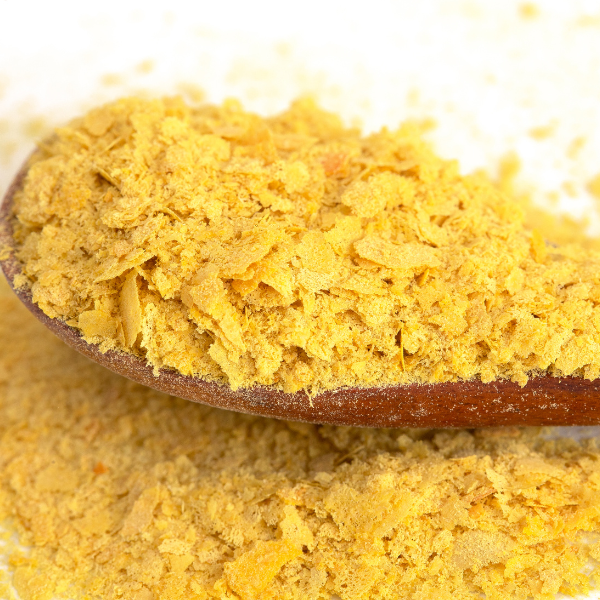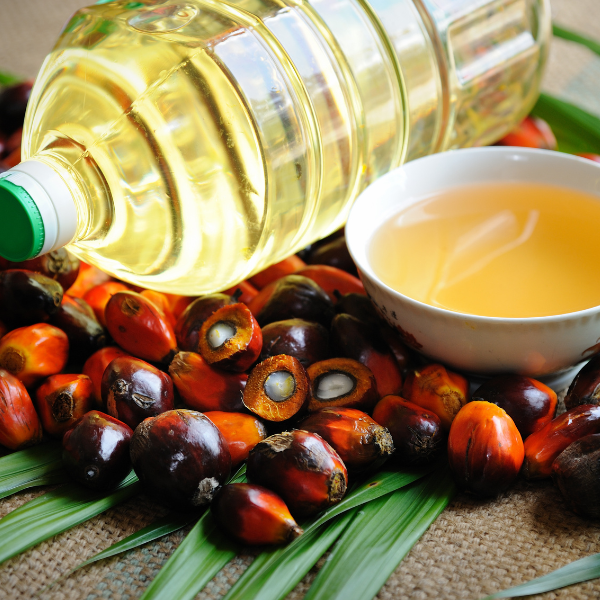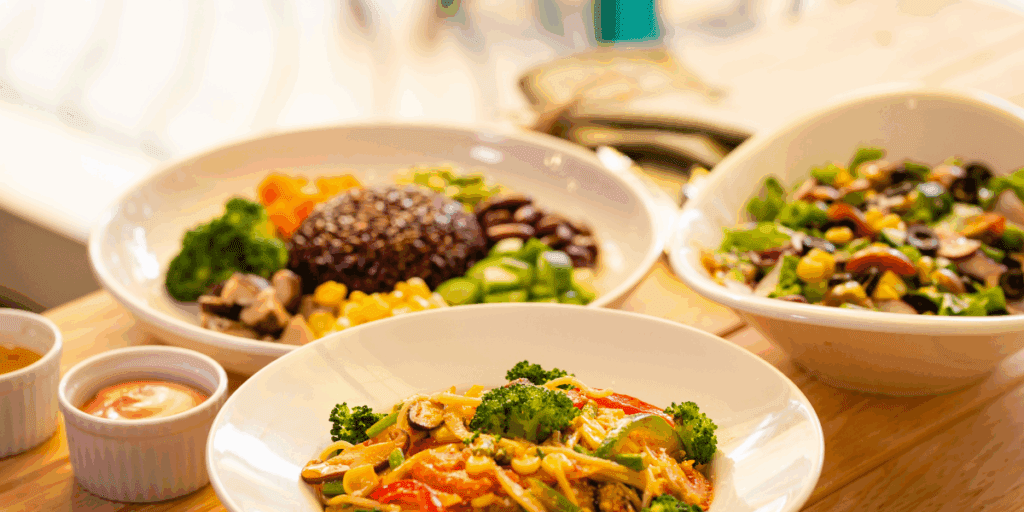So you’re interested in exploring a vegan diet – good for you! We have been, too, and have learned a lot during our journey.
We know it can be good for our health and the environment. Plus, as animal lovers, we’re glad to support the humane treatment of all critters.
Throughout our journey, we’ve learned a number of lessons and thought we’d share some of them for anyone else considering a similar path.
[Note: You should always consult a certified nutritionist or healthcare professional regarding diet choices and your health. The information included here is related to our specific experience. It is not intended as a substitute for professional guidance and decision-making.]
At this point, we’re what folks would call flexitarians. We do eat seafood from time to time (local, sustainable, and wild caught). We’ll also buy eggs and sometimes chicken (but not very often) from certified humane producers.
When we think about it, the way we eat is probably pretty darn close to the Mediterranean diet. Both emphasize plant-based choices while limiting animal-based options, including dairy.
On to what we’ve learned!
This post may contain affiliate links. For details, please see our Privacy Policy.
1. It’s Hard

This was a surprise for us. Going 100 percent plant-based is hard…like learning-a-new-language hard.
We started out making a pretty abrupt switch away from anything animal-based. It wasn’t a shock to our bodies as much as it was our brains. We had to re-learn ingredients and experiment with substitutions (which is an ongoing process).
What had been second nature was completely gone. That arsenal of recipes I’d been making for decades no longer fit the rules. No butter, milk, cream, cheese, eggs, or meat. None. Nada.
I spent weeks researching new recipes and substitutions, trying to establish a foundational list of meal options that would work for us. We’re in a pretty good place now, but it’s taken almost a year and a half!
A couple of sites I recommend for great plant-based ideas are Love and Lemons and It Doesn’t Taste Like Chicken. Both have lots of recipes and every one we’ve tried has been really good.
2. Vegan Does Not Equal Healthy

This may shock some people, but just because something is labeled “vegan” doesn’t mean it’s good for you. I think we generally knew this, but it became very clear when we started the switch. We don’t even like using the term vegan. We prefer “plant-based.”
Consider that the following ingredients are vegan: white flour, sugar, oil. And these can show up in a lot of vegan food, especially the processed versions.
That means doughnuts, French fries, potato chips, and more are vegan!
That’s why you’ll hear folks stress the importance of a whole foods plant-based diet versus a vegan diet. Think: fresh fruits, vegetables, legumes, nuts, seeds, and whole grains. Whole foods also means avoiding processed foods.
For us, the use of coconut milk and tropical oils as common ingredients in store-bought vegan items was something we’ve learned to look for and limit. Both have way more saturated fat than some of their counterparts, not to mention calories. (See #4 below.)
3. Cheese Substitutes are a Bust

We’ve tried a bunch and I have to say that the plant-based cheeses are terrible. Sorry vegan cheese makers!
Our experience with plant-based cheese: doesn’t melt well, odd flavors, odd colors, lots of oil. Even nutritional yeast (shown in the image above), while a great ingredient in lots of vegan dishes, isn’t all that wonderful as a substitute for parmesan cheese.
The bottom line is that plant-based cheese substitutes just aren’t good. That was the catalyst for us to move from strict vegan to flexitarian. We simply couldn’t do the fake cheese. And we do like a little cheese from time to time, so it’s got to be good.
I wish I could recommend a plant-based option, but I just can’t.
4. Be Mindful of Tropical Oils

A lot of processed, plant-based foods contain tropical oils which include palm oils and coconut oil.
These oils are much higher in saturated fats than other vegetable oils (like olive, canola, and avocado).
In fact, a lot of processed foods that aren’t plant-based include them, too. So, whether you’re heading down a plant-based path or not, they’re something to be aware of when it comes to packaged food choices.
Where we’ve noticed them the most has been in plant-based dairy (butter and that aforementioned horrible cheese), along with ground meat substitutes. In addition to the higher levels of saturated fats, the products are often poor substitutes because of the oil.
If you’ve ever tried to substitute vegan butter in a recipe that calls for melted butter, don’t do it. It’s an oily mess. It can work in recipes that call for softened butter, but if you melt it, our experience is that you’ll end up with oil.
We had a similar experience when trying a plant-based spicy ground sausage. I attempted to sauté it and ended up with a pan full of oil. When I read the ingredients, sunflower oil and coconut oil were among the top ingredients. It was a mess, and since then I’ve started making my own plant-based sausage crumbles using whole foods. (I’ll share that recipe once it’s perfected!)
5. Some Things Just Don’t Translate

As noted in #3 and #4, some things just don’t translate.
Most plant-based meat alternatives, for example, aren’t ever going to taste exactly like real meat. They’re just not. But you can get close and you may find you like the plant-based versions better!
We love our plant-based breakfast patties, meatballs, and Italian sausages. We do buy ground beef substitutes, like Beyond Meat, every now and then to make plant-based meat loaf, and that works out pretty well.
We also find that super firm tofu makes a great substitute for ground chicken in a number of dishes (like our favorite Asian lettuce wraps).
I love almond milk and actually prefer it to cow’s milk. We also really like legumes as protein sources.
And, as a baker, I’ve learned it is possible to bake without eggs and dairy. Our banana bread, blueberry muffins, granola, and banana ice cream are proof that you can have a sweet treat that doesn’t include any animal-based products.
Summary
Do some homework and confer with your healthcare professional before making any radical changes to your diet.
For most folks, increasing the number of whole foods (fruits, vegetables, grains, legumes) in our diets is a no brainer. Whether that’s a vegan, Mediterranean, or other diet, taking steps toward healthier eating is always recommended. And making gradual changes is probably going to be easier to manage.
If you do decide to go fully plant-based, be prepared to get your learning on! How hard it is will depend on your unique situation. Some folks may need just simple tweaks, while others may require a full diet makeover.
Seeking out professional guidance will help ensure your new diet provides balanced nutrition and is appropriate for your health status.
Finally, have fun discovering foods you may never have considered eating. We’ve enjoyed our journey so far and look forward to exploring more whole food cuisines.
I hope this provides some useful insights and that whatever you choose to do, it takes you down a path to good health!
